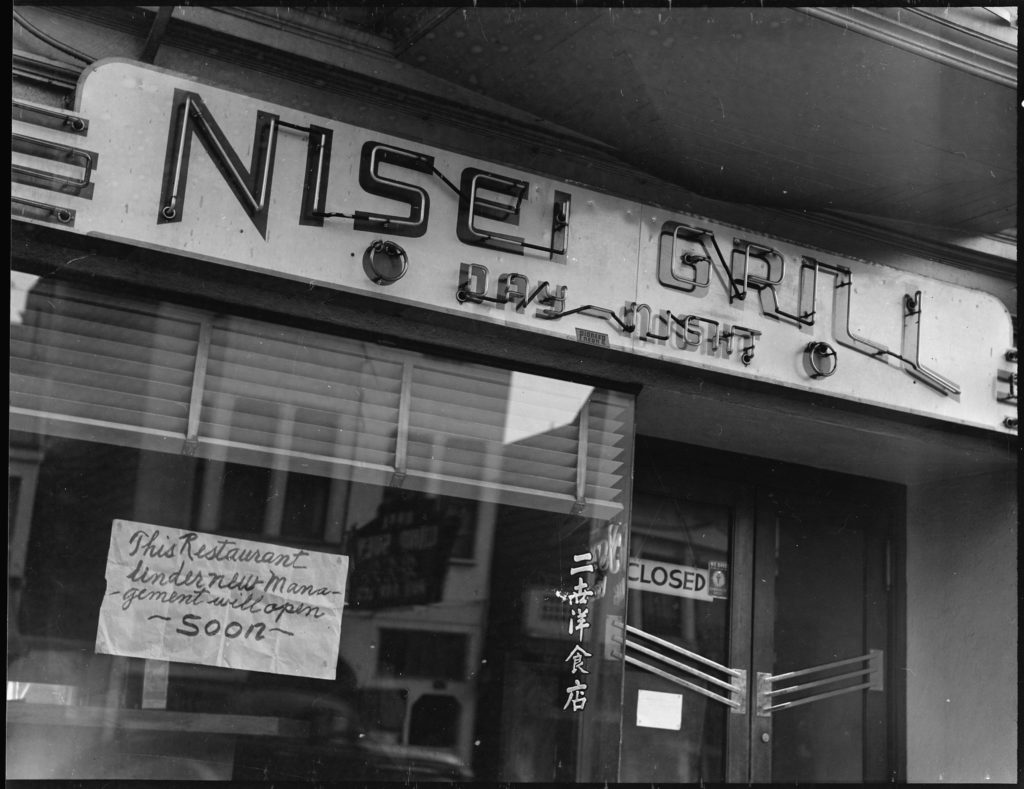The car moves when the steering bar is wiggled back and forth. This bar is connected to the front wheels and the ocillating rotation propels the car forward.
The boy didn’t grok the gimmick, but he enjoyed using his feet to scoot around the expansive tile open floor plan of my in-law’s house.
That was fun eough, but the car proved its value last summer.
Our daughter leapt off a dining chair and landed awkwardly.
Her foot swelled.
It didn’t warrant a doctor visit, but she had to stay off her feet.
We carried her around for a day before the epiphany hit us – we have is an arm powered locomotion device!
The kids loved this impromptu wheelchair. They would squeeze together to ride around the house. Sometimes she’d steer as he faced towards the back. Other times, he’d squeeze up in front to be the a taxi driver for his fare.
And that’s when he finally learned how to properly drive the plasma car.
This was the last Offerup purchase we made before the world shut down in 2020. It was nice to get this toy on discount at offerup, but this would have been worth it at full price.
I wonder when we’ll start thrifting again.

